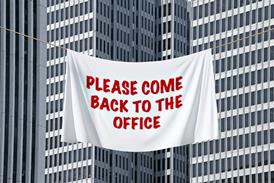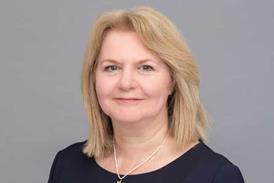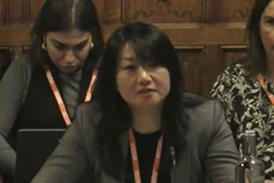The government collects just one pound in every 25 of the criminal courts charge within the first month of imposition, it revealed today,
According to MoJ statistics, 4% of the charge was collected within the first month of its imposition in the third quarter of 2015.
Between April and June this year - the first period of the new charge - £5.7m was imposed, which increased to £22m between July and September.
According to the government’s own impact assessment prior to the charge being introduced, the new fee structure cost more than £500,000 to set up. It was intended to recoup £5m in the 2015/16 financial year.
The criminal courts charge, created in April by then justice secretary Chris Grayling, starts at £150 for a guilty plea in the magistrates' court. It has been criticised for incentivising defendants to plead guilty to stop them being charged more for taking their case to trial.
Grayling’s successor Michael Gove (pictured) confirmed earlier this month he will scrap the charge from 24 December. He will instead find other ways to ensure offenders contribute towards the costs of running the criminal justice system.
The total value of impositions in the third quarter of 2015 was £149.5m, an increase of 20% on the second quarter – a rise mainly due to the implementation of the criminal courts charge.
In Q3, 10% (£15.2m) of all financial impositions imposed by the criminal courts were paid within the imposition month.
It has been suggested that magistrates and judges have reduced victim surcharge impositions because they are also having to impose the criminal courts charge.
The MoJ update said the amount imposed through the victim surcharge has increased since its scope and amounts payable were extended in October 2012, but this year the increases have ‘slowed and stabilised’.
In total at the end of September 2015, the total value of impositions outstanding in England and Wales was £624m. Although they had been decreasing from April 2011 they have increased since the beginning of 2014, and show a yearly increase of 12%.

























2 Readers' comments